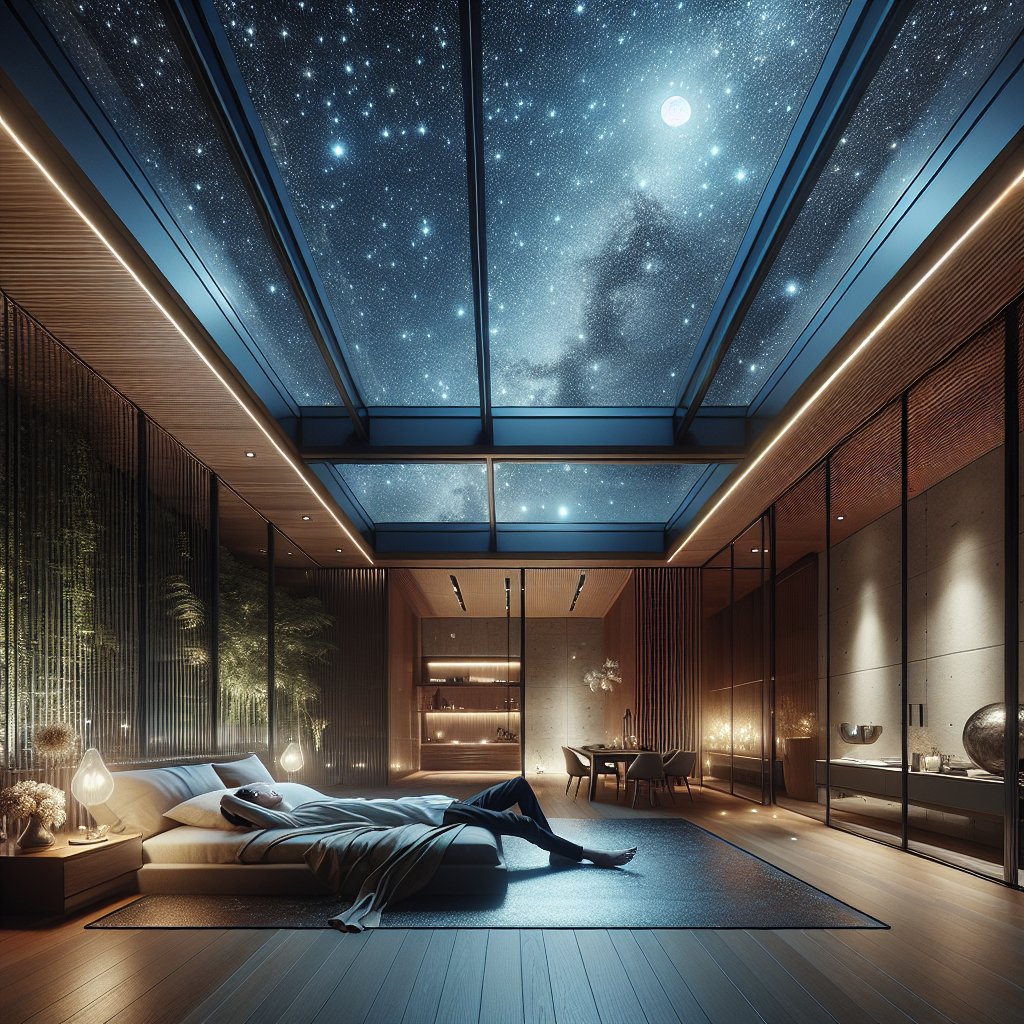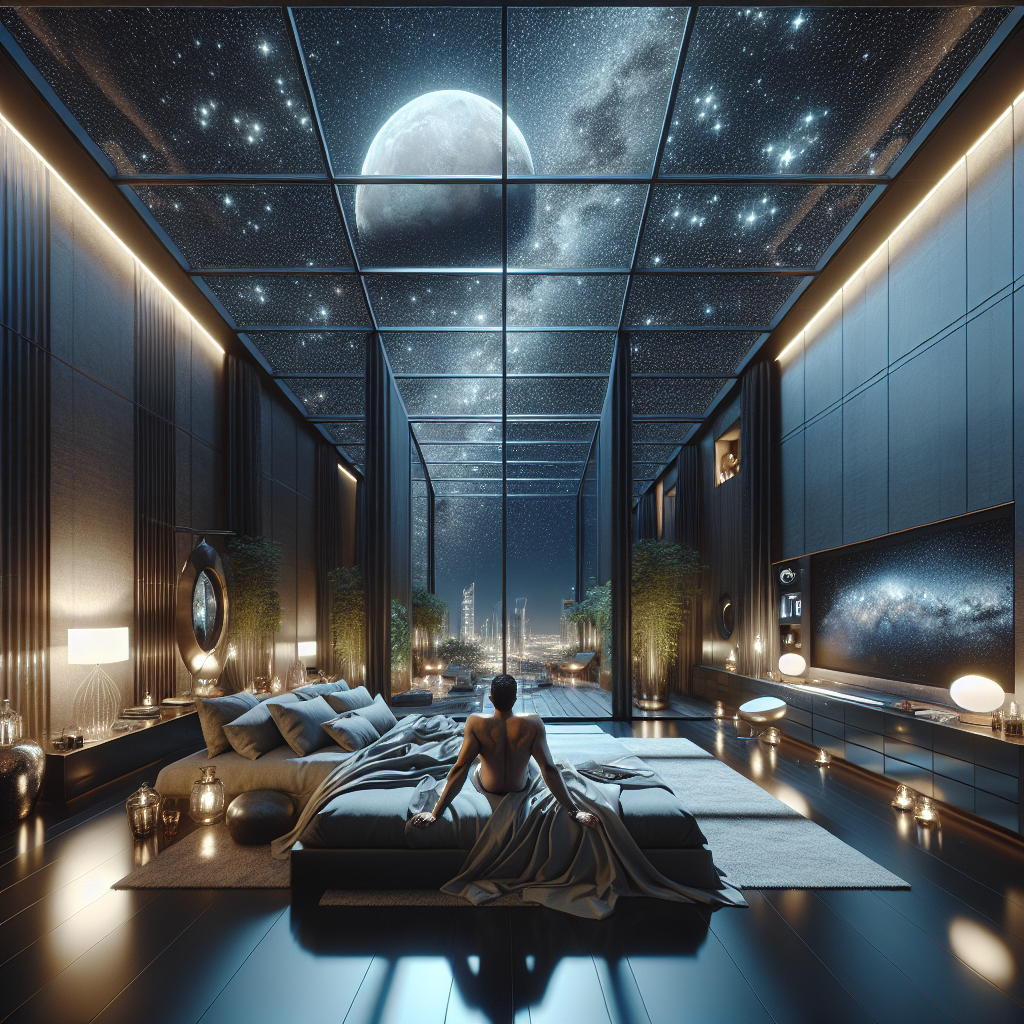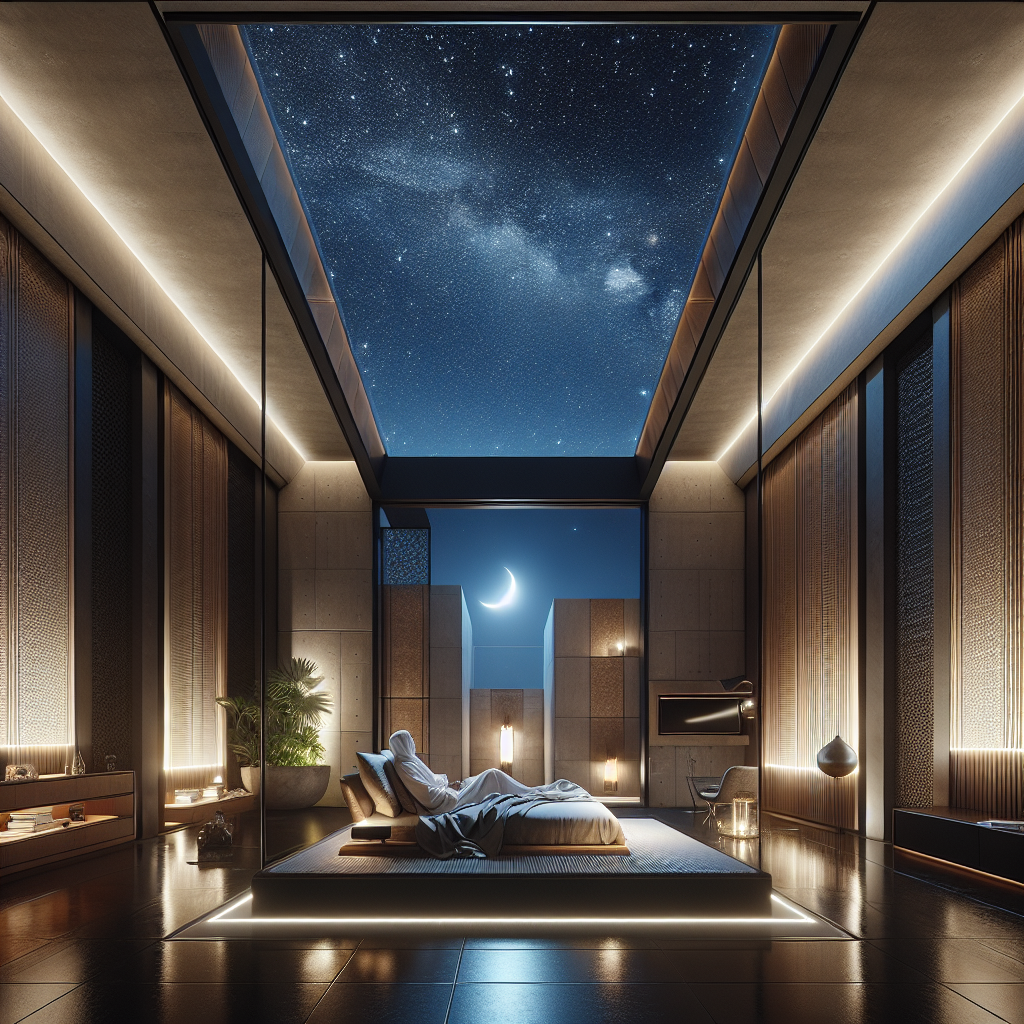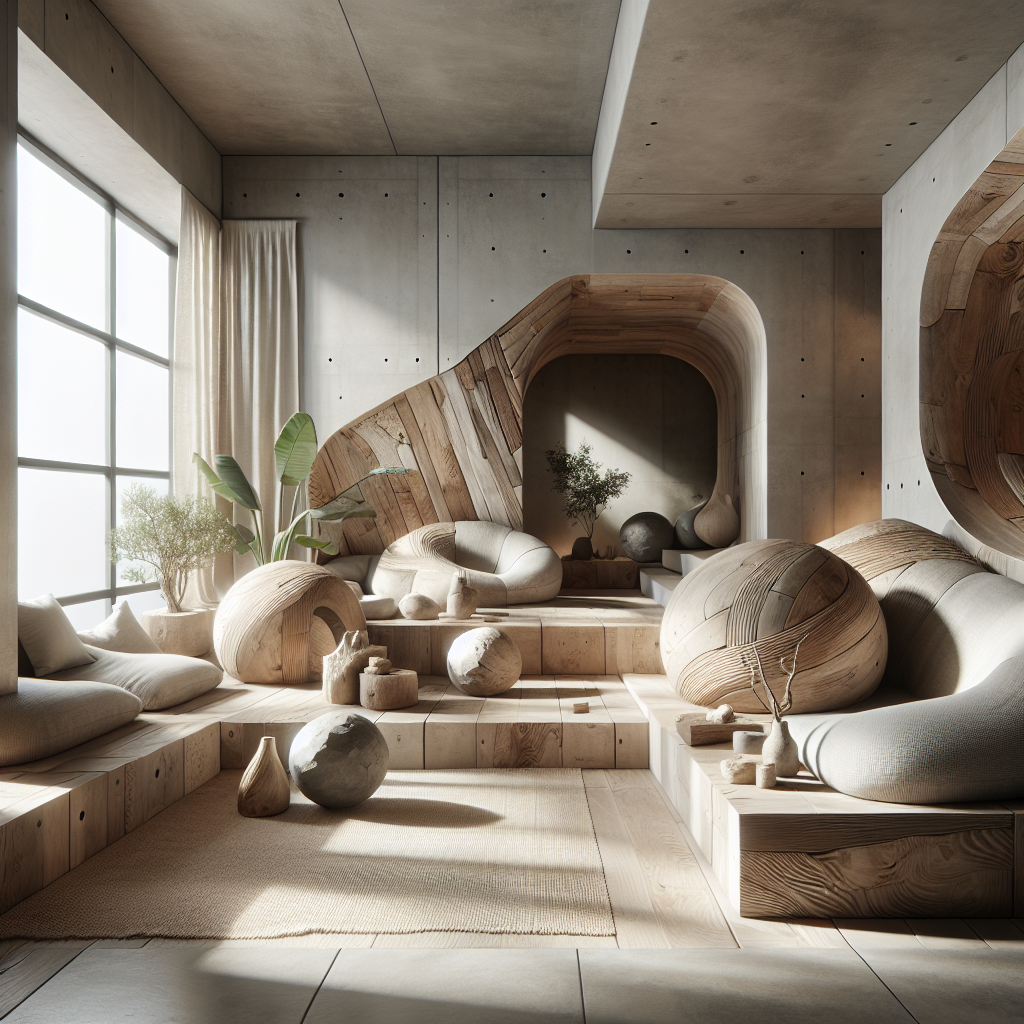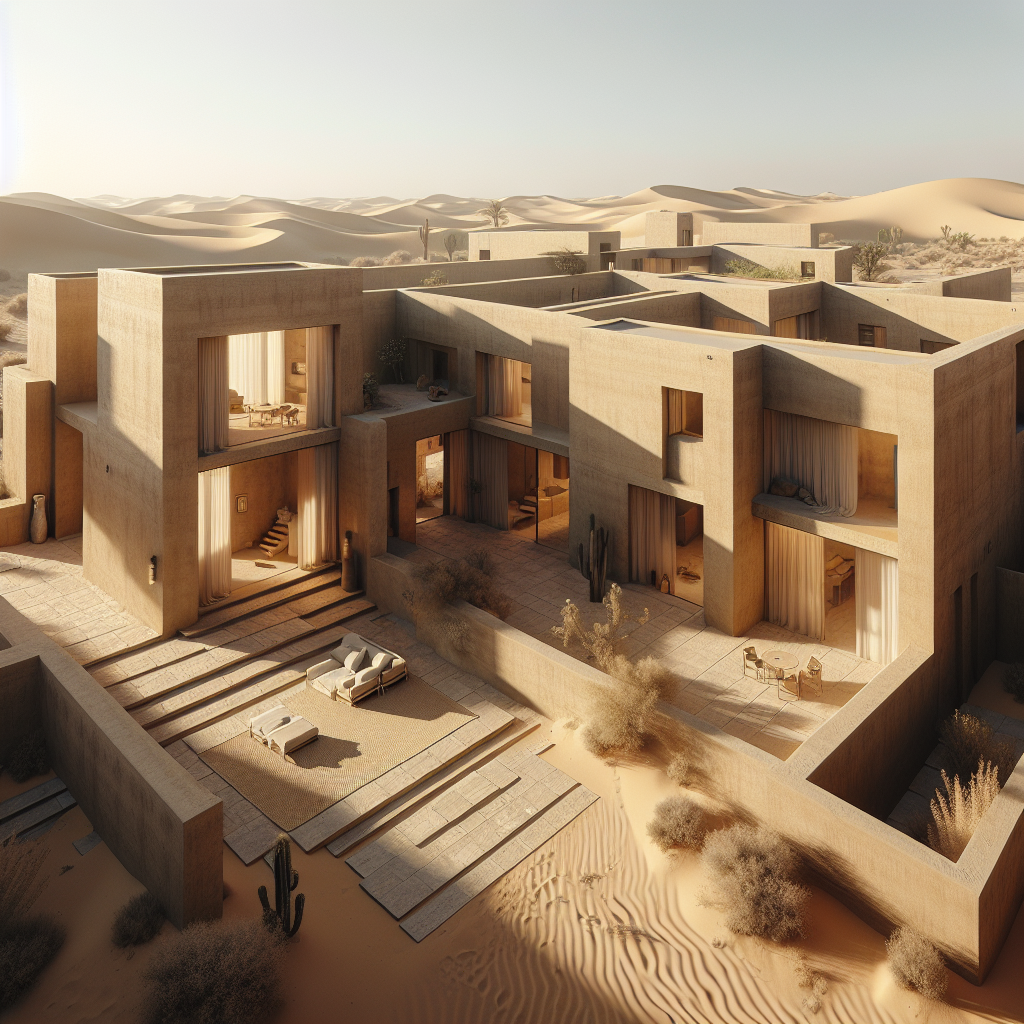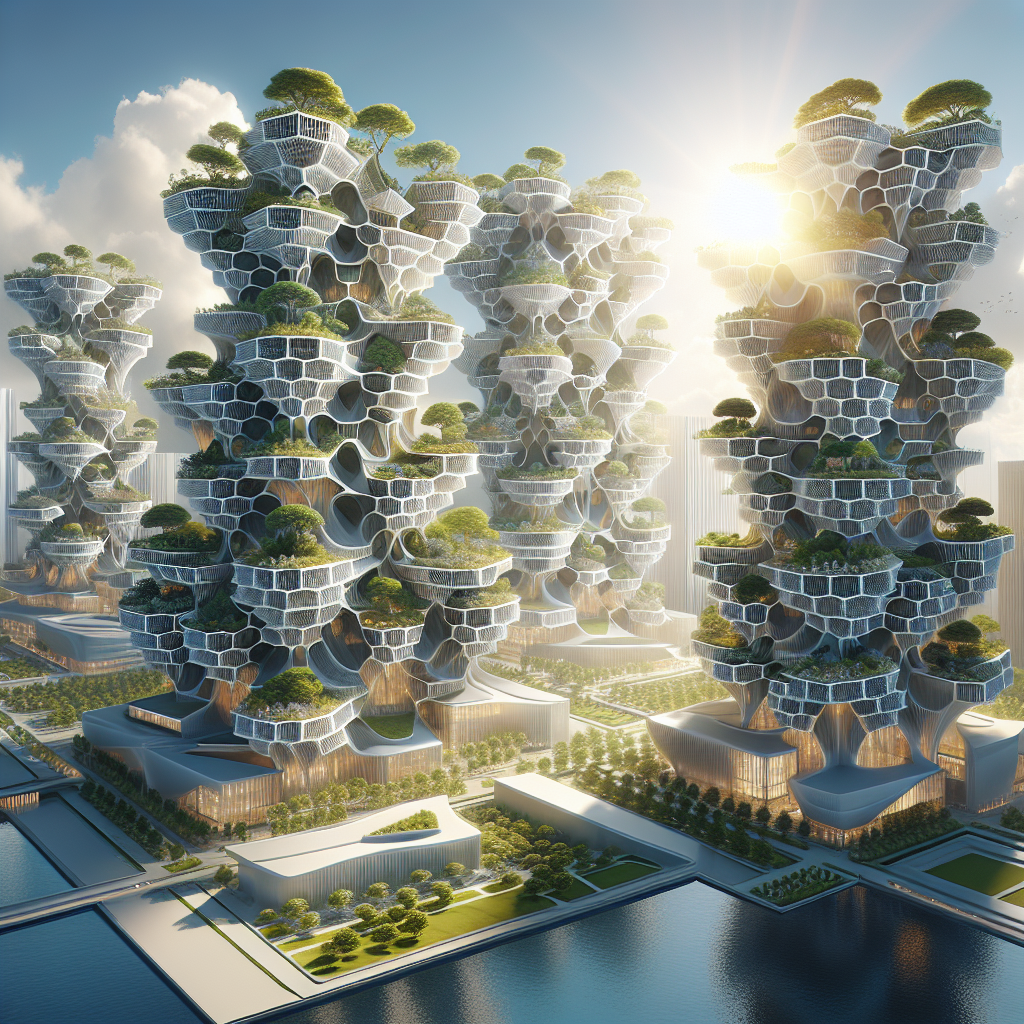Panoramic sliding roofs: stargazing from any room at a push of a button
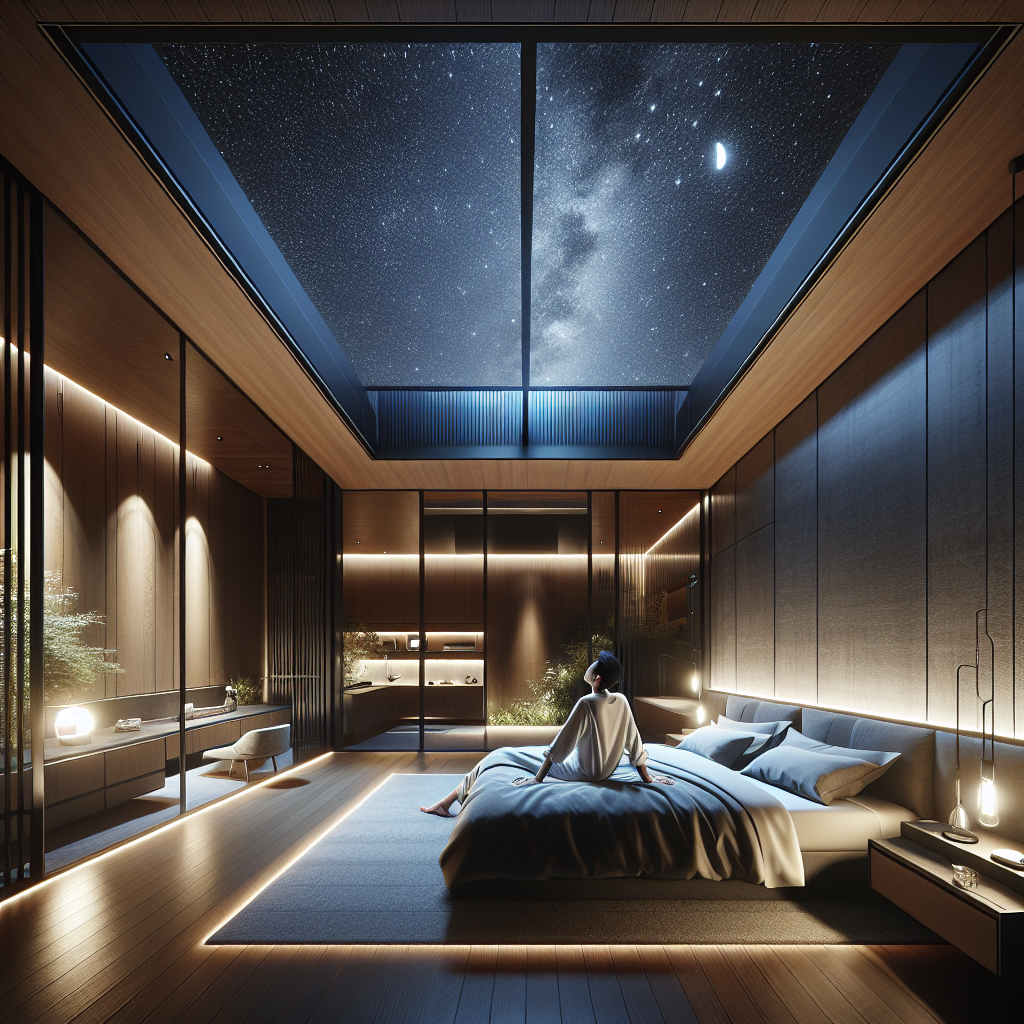
Panoramic Sliding Roofs: Stargazing from Any Room at a Push of a Button
Imagine lying in bed, enveloped in the warmth of your duvet, as the ceiling gently retracts, unveiling a breathtaking tapestry of stars. Or picture hosting an intimate dinner party where, at the simple push of a button, your dining room transforms into an open-air observatory. This vision is no longer confined to futuristic dreams; panoramic sliding roofs are reshaping contemporary architecture, bringing the cosmos directly into our living spaces.
The Rise of Panoramic Sliding Roofs in Modern Architecture
The concept of integrating the outdoors into interior spaces is not new. However, the sophistication and seamless integration offered by panoramic sliding roofs represent a significant leap forward. Architects and designers are increasingly embracing these retractable systems, driven by a desire to enhance natural lighting, ventilation, and the emotional connection between inhabitants and their surroundings.
According to a recent report by the American Institute of Architects, demand for flexible indoor-outdoor spaces has surged by 35% in the past three years. This trend underscores a broader shift towards designs that prioritize adaptability, wellness, and sustainability—principles at the heart of panoramic sliding roof systems.
Design Innovation Meets Technological Excellence
At the intersection of cutting-edge technology and refined aesthetics, panoramic sliding roofs offer an elegant solution to blending indoor comfort with outdoor allure. These systems typically feature expansive glass panels mounted on precision-engineered tracks, allowing them to glide effortlessly and silently, revealing the sky above.
Advanced automation technologies, often integrated with smart home systems, enable homeowners to control roof panels remotely via smartphone apps or voice commands. This level of convenience and control aligns seamlessly with the broader adoption of smart home technology revolutionizing home automation, ensuring a harmonious and intuitive user experience.
Architectural Elegance: Case Studies in Panoramic Roof Design
To truly appreciate the transformative potential of panoramic sliding roofs, consider the acclaimed Skyhouse in Malibu, California. Designed by renowned architect David Hertz, this residence exemplifies the seamless integration of panoramic roofs into contemporary architecture. At the heart of the home, a retractable glass ceiling opens to reveal the vast expanse of the Pacific sky, creating an immersive experience that blurs the boundaries between interior and exterior spaces.
Similarly, the Villa Kogelhof in the Netherlands, designed by Paul de Ruiter Architects, employs expansive sliding roofs to foster a profound connection with the surrounding landscape. The villa’s minimalist aesthetic, characterized by clean lines and expansive glass surfaces, is enhanced by the ability to transform interior spaces into open-air sanctuaries at will.
Enhancing Well-being Through Biophilic Design
Beyond their aesthetic appeal, panoramic sliding roofs play a pivotal role in promoting human health and well-being. The principles of biophilic design—which emphasize our innate connection to nature—are increasingly influential in contemporary architecture. By enabling direct visual and physical access to natural elements such as sunlight, fresh air, and the night sky, panoramic roofs significantly enhance occupants’ mental and physical health.
Research published in the Journal of Environmental Psychology highlights that exposure to natural light and views of nature can reduce stress, improve mood, and enhance cognitive function. By incorporating panoramic sliding roofs, architects can actively foster environments that support these health benefits, creating spaces that are not only visually stunning but also profoundly restorative.
Sustainability and Energy Efficiency Considerations
In an era where sustainability is paramount, panoramic sliding roofs also offer tangible environmental benefits. By optimizing natural ventilation and daylighting, these systems can significantly reduce reliance on artificial lighting and air conditioning, thereby lowering energy consumption and carbon footprints.
Innovative glazing technologies, such as low-emissivity (low-E) coatings and thermally insulated frames, further enhance energy efficiency by minimizing heat transfer and maintaining comfortable indoor temperatures year-round. These advancements align with the broader architectural trend towards net-zero energy buildings, underscoring the potential of panoramic roofs to contribute meaningfully to sustainable design objectives.
Materiality and Craftsmanship: The Art of Panoramic Roofs
The success of panoramic sliding roofs hinges not only on technological innovation but also on meticulous craftsmanship and material selection. High-quality materials such as anodized aluminum, stainless steel, and tempered glass ensure durability, weather resistance, and aesthetic refinement.
Designers often leverage these materials’ inherent beauty, incorporating subtle textures, finishes, and color palettes that harmonize with the overall architectural language. For instance, a minimalist home may feature sleek, matte-black aluminum frames, while a rustic retreat might opt for weathered steel accents that complement the surrounding landscape.
Future Perspectives: Innovations on the Horizon
As panoramic sliding roofs continue to gain traction, ongoing innovations promise to further elevate their appeal and functionality. Emerging technologies such as photovoltaic-integrated glazing and adaptive shading systems are poised to enhance energy efficiency and user comfort, while advances in automation and artificial intelligence promise even greater customization and responsiveness.
Moreover, architects are exploring the integration of panoramic roofs into diverse building typologies, from urban high-rises to remote retreats. Concepts such as floating architecture and modular designs increasingly incorporate retractable roofs, underscoring their versatility and adaptability across various contexts.
Conclusion: A Window to the Cosmos
Panoramic sliding roofs represent a compelling convergence of design innovation, technological excellence, and biophilic principles. By effortlessly dissolving barriers between indoor and outdoor spaces, these systems offer architects and designers unprecedented opportunities to create environments that inspire, rejuvenate, and captivate.
Whether gazing at constellations from the comfort of your bedroom or savoring a meal beneath the open sky, panoramic sliding roofs transform everyday experiences into extraordinary moments. As we continue to seek meaningful connections with our surroundings, these innovative architectural solutions promise to redefine the way we live, work, and dream beneath the stars.
For further exploration of how innovative technologies shape architectural design, consider our in-depth analysis of virtual reality in architecture or delve into the transformative potential of adaptive reuse in contemporary urban contexts.
As panoramic sliding roofs become increasingly prevalent, their impact on architecture and interior design is undeniable. By embracing these visionary systems, architects and designers can craft spaces that not only meet functional needs but also elevate human experience, bringing the infinite beauty of the cosmos into our daily lives.
